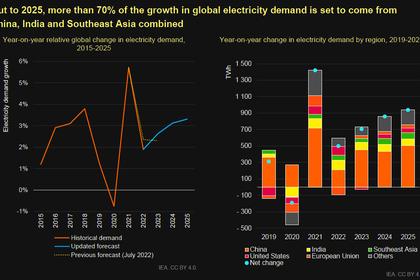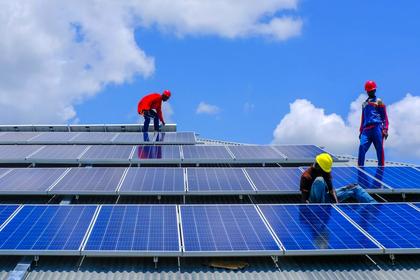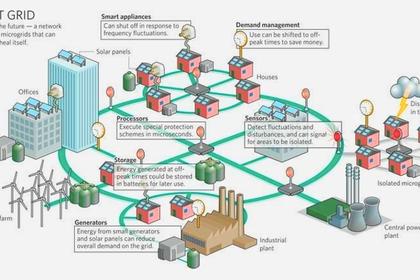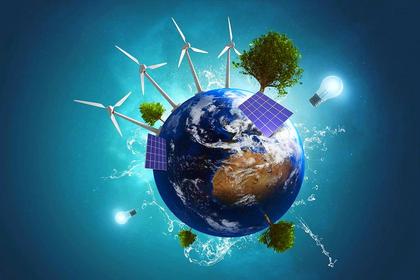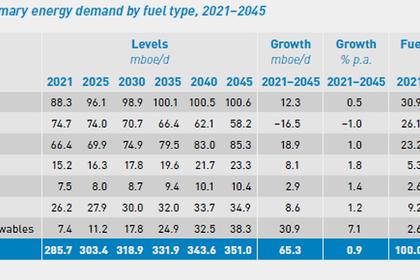
HEATING ENERGY TRANSITION
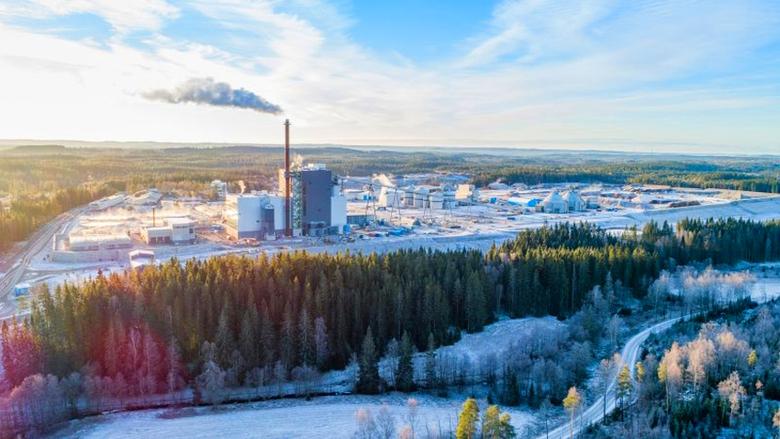
By FLORIAN KOLB Chief Commercial Officer & General Manager Energy, Intertrust Technologies Corporation
ENERGYCENTRAL - Mar 15, 2023 - The transition to heating systems that are more efficient and less reliant on fossil fuels does not get the same publicity as the electrical energy and mobility transition. Climate change and the need to reduce greenhouse gas emissions makes it inevitable to change the way we heat our homes and buildings.
What is the Heating Transition?
The heating transition refers to the shift towards more sustainable, low-carbon heating systems. This includes technologies such as heat pumps, solar thermal systems, and district heating. These systems use renewable energy sources (green electricity, green hydrogen) to generate heat, which is then distributed to homes and buildings.
Why is the Heating Transition important?
The heating sector is responsible for a significant proportion of global energy consumption, and most of this energy is derived from fossil fuels. According to the International Energy Agency, the heating sector accounts for approximately 40% of global energy consumption and 30% of global carbon dioxide emissions. In developed countries, such as the United States and Europe, heating systems are predominantly powered by natural gas and oil. In developing countries, coal is still a primary source of heating.
Reducing the carbon footprint of heating is essential if we are to meet our climate change targets. The transition to low-carbon heating systems can also help to reduce energy bills for households and businesses. By using more renewable energy sources, heating systems can be more efficient and cost-effective in the long term.
What are the challenges of the Heating Transition?
Costs/Investments: One of the main challenges of the heating transition is the cost of installing new heating systems. Many low-carbon heating systems are more expensive to install than traditional systems, which can be a barrier for some households and businesses.
Regulation: Governments play an important role by setting policies and regulations that encourage the transition to low-carbon heating systems. The current controversial discussion in Germany around the gas/oil heating exit is a good example.
Building Readiness: Buildings designed for traditional heating systems may not be optimized for energy-efficient heating systems such as heat pumps, which require different ductwork, insulation, and ventilation.
Energy Infrastructure: Low-carbon heating requires technologies that ensure an efficient and secure integration into the (electrical) grid. If powered by green electricity, the heating transition will put a significant amount of additional load on the grid. Together with e-mobility, significant grid capacity constraints will have to be managed.
Overbuilding the grid is not the solution, but we need demand-side flexibility. This will largely be driven by digital and data-centric technologies and data interoperability will play a key role. In case heating systems will be switched to green hydrogen, this also will require adjustments to the existing gas grid infrastructure.
Sector Coupling: The heating transition is closely linked to the concept of sector coupling, which refers to the integration of different sectors of the energy system, such as electricity, heating, and transportation. Sector coupling is important because it can help to create a more flexible and efficient energy system, with multiple sectors working together to meet energy demand and reduce greenhouse gas emissions.
For example, electric heat pumps are a low-carbon alternative to traditional heating systems, and they can be powered by renewable electricity, such as solar or wind power. This creates a link between the heating and electricity sectors, as the electricity generated by renewable sources can be used to power heat pumps, which in turn can provide heating for buildings.
Digital and Data: Integrating new energy assets into the system immediately raises cyber and data security concerns. New energy assets and the data they feed into the energy system needs to be authenticated and secured to avoid tampering and cyber threats. Digital technologies also play a key role in making sector coupling happen. Next to the ‘physical’ connection of energy assets, smart asset management and data collaboration is required, including the steering, optimization, and maintenance of energy assets. Functionalities such as energy data access, energy data interoperability, energy data sharing and energy data security should be available within and across the different segments of the energy value chain.
To make green heat and green energy affordable for consumers and businesses a high level of system automation should be targeted. Energy automation must come from machines and AI will play a central role in the future. AI means nothing without data and therefore fast, secure and trusted data availability is a prerequisite. This reduces the ‘time to AI’ and therefore support the energy transition overall.
This thought leadership article was originally shared with Energy Central's Digital Utility Community Group. The communities are a place where professionals in the power industry can share, learn and connect in a collaborative environment. Join the Digital Utility Community today and learn from others who work in the industry.
-----
Earlier:

